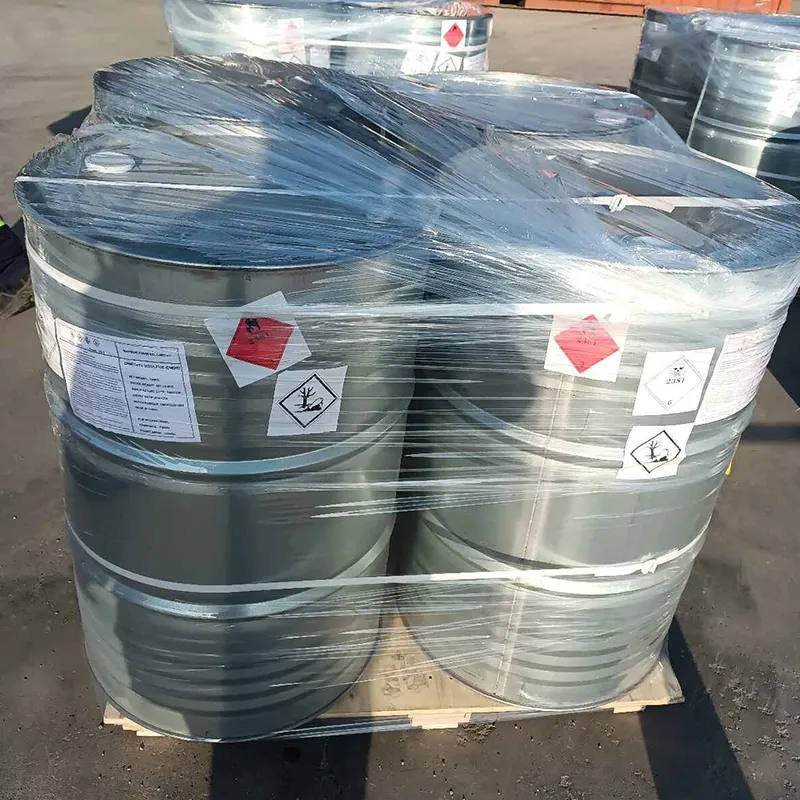
chemicals in mining
Chemicals in Mining A Double-Edged Sword
Mining has been a crucial industry for centuries, providing the raw materials that power our modern lives. From metals and minerals to coal and rare earth elements, mining plays a vital role in supplying the resources necessary for construction, technology, energy, and more. However, the very processes that extract these valuable resources often involve a variety of chemicals that can pose significant environmental and health risks. Understanding the use of chemicals in mining is thus essential for promoting sustainable practices in the industry.
The mining process typically involves several stages, each of which may require the use of various chemicals. For instance, during the exploration phase, chemicals such as acids and solvents are used in geochemical testing to determine the concentration and accessibility of minerals. Once a site has been identified for extraction, chemicals like cyanide and mercury are often employed as reagents during the processing phase to separate valuable metals from the ore. Cyanide, in particular, is notorious for its efficacy in gold mining, where it is used to leach gold from ore, but it also poses a significant risk of contamination if not handled properly.
In addition to extraction, chemicals are also used to control dust, manage water quality, and mitigate the environmental impacts of mining operations. For example, flocculants and coagulants may be added to tailings ponds to help settle out solids and reduce water turbidity. While these techniques can improve operational efficiency, they also introduce new chemicals into the ecosystem, which can have unforeseen consequences.
One of the most challenging aspects of using chemicals in mining is the potential for environmental contamination. When improperly managed, chemicals can leach into soil and groundwater, resulting in pollution that can affect wildlife and human health. The infamous Love Canal disaster in the United States serves as a stark reminder of how chemical contaminants can lead to long-lasting environmental disasters and public health crises. In mining, concerns over water quality and soil contamination are prevalent, particularly in regions where regulatory oversight is weak or enforcement is lax.
chemicals in mining

To combat the negative impacts of chemical use in mining, governments and organizations around the world are increasingly turning to stricter regulations and best practices. Environmental impact assessments (EIAs) have become crucial in identifying potential risks associated with mining projects before they begin. These assessments evaluate the potential effects of mining activities on the environment, including the use and disposal of chemicals. Furthermore, companies are encouraged to adopt greener technologies, such as bioleaching, which uses naturally occurring microorganisms to extract metals from ores without the need for harmful chemicals.
In recent years, the mining industry has also been urged to embrace a circular economy approach, where waste materials are reused and recycled, and the use of toxic chemicals is minimized. This not only helps reduce the environmental footprint of mining operations but also enhances resource efficiency and promotes sustainability. Innovative mining practices that incorporate the principles of green chemistry aim to reduce toxicity, enhance the effectiveness of chemical processes, and minimize the consumption of non-renewable resources.
Consumer awareness is another critical factor driving change in the mining sector. As public concern over environmental issues grows, consumers are increasingly demanding sustainable practices from companies. Using responsibly sourced minerals and adopting sustainable mining practices can improve a company’s reputation and market competitiveness.
In conclusion, while chemicals play an essential role in the mining industry, their use must be managed carefully to minimize environmental and health risks. Striking a balance between resource extraction and sustainability requires concerted efforts from governments, mining companies, and consumers alike. As the industry evolves and embraces new technologies and practices, there is hope for a future where mining can coexist harmoniously with the environment, ensuring that resources are available for generations to come.
-
The Safety Challenges of Ammonium Nitrate FertilizerNewsJun.26,2025
-
The Critical Role of Mining ChemicalsNewsJun.26,2025
-
Shelf Life of Glacial Acetic Acid Food GradeNewsJun.26,2025
-
Enhancing PVC Longevity with 1,2,3-Benzotriazole InnovationsNewsJun.26,2025
-
China’s Dominance in Food Additive ProductionNewsJun.26,2025
-
Can Aluminum Hydroxide Replace More Toxic Alternatives?NewsJun.26,2025
-
PE and PP Plastics with Benzotriazole AdditivesNewsJun.12,2025
Hebei Tenger Chemical Technology Co., Ltd. focuses on the chemical industry and is committed to the export service of chemical raw materials.
-

view more DiethanolisopropanolamineIn the ever-growing field of chemical solutions, diethanolisopropanolamine (DEIPA) stands out as a versatile and important compound. Due to its unique chemical structure and properties, DEIPA is of interest to various industries including construction, personal care, and agriculture. -

view more TriisopropanolamineTriisopropanolamine (TIPA) alkanol amine substance, is a kind of alcohol amine compound with amino and alcohol hydroxyl, and because of its molecules contains both amino and hydroxyl. -

view more Tetramethyl Thiuram DisulfideTetramethyl thiuram disulfide, also known as TMTD, is a white to light-yellow powder with a distinct sulfur-like odor. It is soluble in organic solvents such as benzene, acetone, and ethyl acetate, making it highly versatile for use in different formulations. TMTD is known for its excellent vulcanization acceleration properties, which makes it a key ingredient in the production of rubber products. Additionally, it acts as an effective fungicide and bactericide, making it valuable in agricultural applications. Its high purity and stability ensure consistent performance, making it a preferred choice for manufacturers across various industries.











